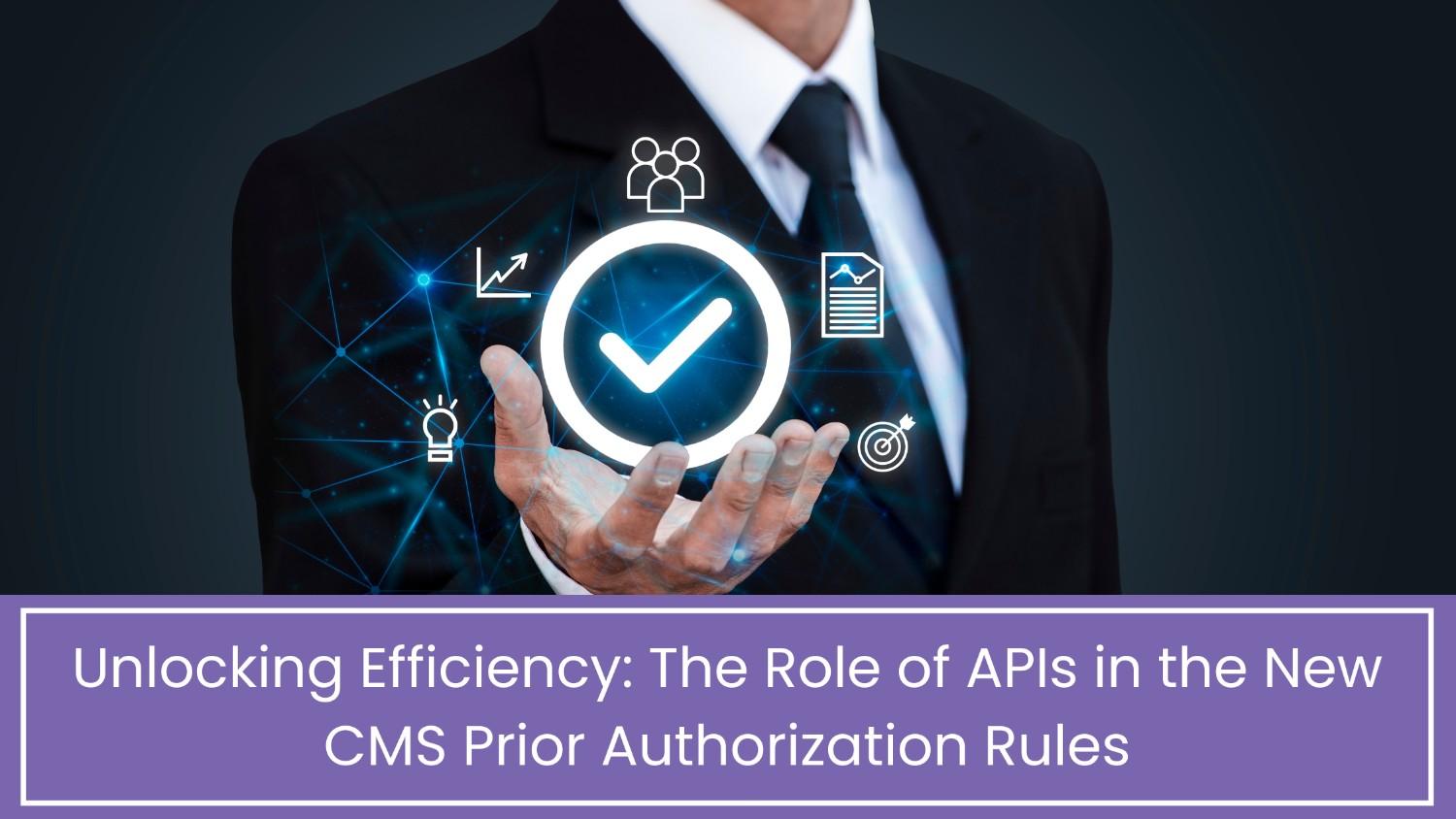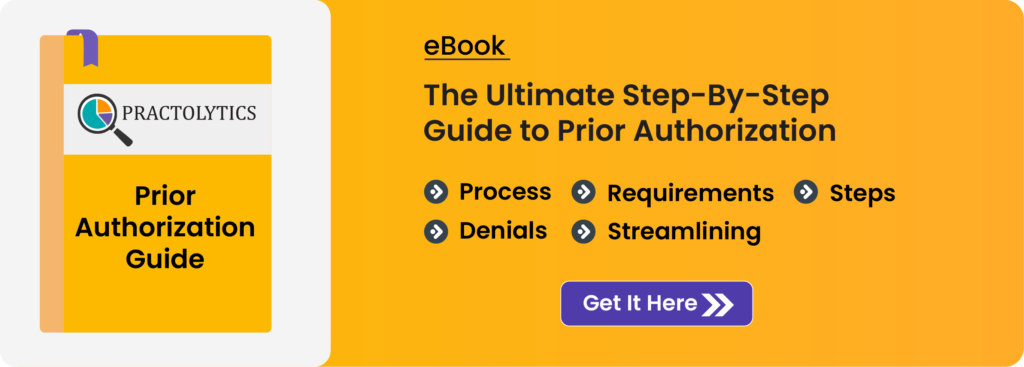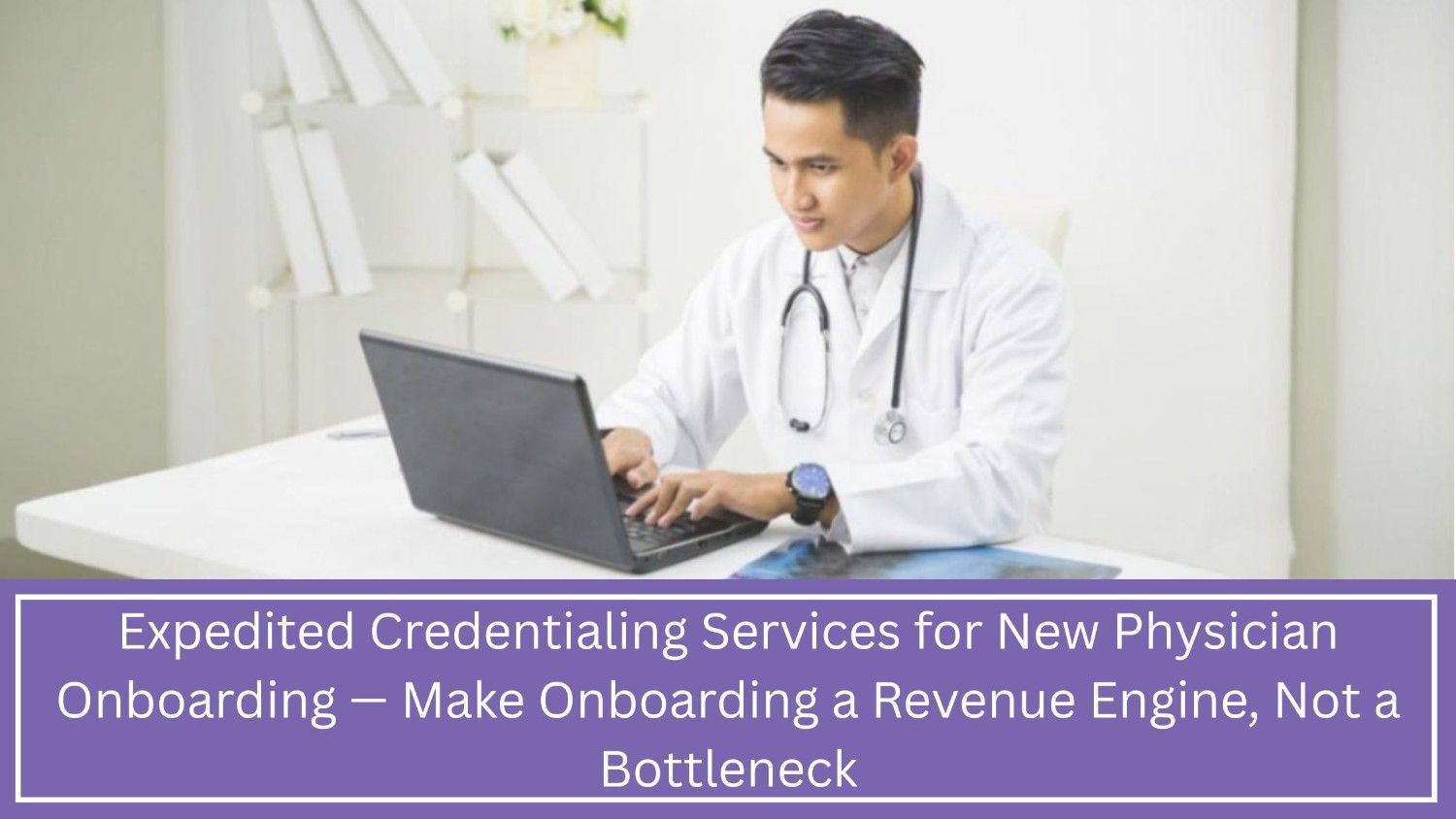Unlocking Efficiency: The Role of APIs in the New CMS Prior Authorization Rules
CMS has rolled out fresh rules to change how prior authorization rules work by using advanced electronic data exchanges. These new rules cover Medicare Advantage, Medicaid, CHIP, and ACA Marketplace plans, requiring the use of four specific APIs. The goal of these APIs is to make the prior authorization process smoother, increase transparency, and boost the efficiency of healthcare services overall.
Table of Contents
Understanding Prior Authorization
Prior Authorization is a vital part of modern healthcare, used by health insurers to decide if a prescribed treatment or service will be paid for. It’s criticized for being slow and complicated, causing delays in patient care.
The latest rules from CMS aim to solve these issues by using technology to improve the process. CMS requires specific APIs to help exchange information smoothly between patients, providers, and payers, aiming to enhance patient experience and results.
Patient Access API
The Patient Access API enhances patient empowerment by enabling direct retrieval of health information. It permits patients to access medical records and prior authorization details from their health plan. This access helps patients make informed decisions and manage their health effectively.
Advantages:
- Enhanced control: Patients gain greater autonomy over their health data, fostering a sense of control and active participation in their treatment.
- Clear visibility: Patients have visibility into authorized and denied services, enhancing clarity and reducing ambiguity.
- Streamlined processes: Access to medical records facilitates faster second opinions and smoother transitions between healthcare provide
Challenges:
- Education: Patients must learn how to utilize the API and grasp their health details.
- Privacy: Securing and keeping sensitive health data confidential is vital.
Provider Access API
The Provider Access API enables healthcare providers to retrieve patient data needed for informed decisions on prior authorizations. This API facilitates smooth data sharing between providers and payers, ensuring providers obtain current information for authorization requests.
Advantages:
- Quick access for providers to patient details cuts down time for prior authorization submissions.
- Enhanced decision-making with thorough patient data.
- Improved care coordination ensures all providers have unified patient information.
Challenges:
- Integration: Connecting the API with current electronic health record (EHR) systems could be challenging and require significant resources.
- Adoption: Healthcare providers must fully embrace and regularly utilize the API for optimal results.
Payer-to-Payer API
The Payer-to-Payer interface allows health insurers to share information securely. It ensures that when patients change plans, their authorization details move seamlessly between insurers, avoiding care disruptions and maintaining treatment flow.
Advantages:
- Care continuity: Patients switching health plans can keep receiving treatment without delays.
- Efficiency: Cuts down on repeated prior authorization requests, saving time for patients and providers.
- Coordination: Improves collaboration among insurers, supporting a more integrated healthcare system.
Challenges:
- Uniformity: Various entities use varied systems and norms, which makes exchanging data complex.
- Confidentiality: Ensuring safe transfer of sensitive patient data between entities is crucial.
Prior Authorization API
The new regulations place a strong emphasis on the Prior Authorization API, which plays a crucial role in the authorization process between healthcare providers and insurance payers. By automating how authorization requests are submitted, processed, and tracked, this API significantly improves the efficiency and clarity of the entire system.
Advantages:
- Efficiency: Automating the approval process for prior authorizations can greatly shorten the time required to obtain approvals.
- Clarity: Both healthcare providers and patients can monitor the progress of prior authorization requests as they happen.
- Uniformity: Creating a standardized prior authorization process among various payers enhances uniformity and minimizes misunderstandings.
Challenges:
- Implementation: It’s crucial for both providers and payers to incorporate the API into their daily processes.
- Compatibility: Making sure that various systems and platforms can communicate seamlessly is vital for the API’s effectiveness.
Effective Date and Implementation
The new functionalities will come into effect in January 2027. This longer timeframe allows payers sufficient time to put the required processes and technologies in place. Although the implementation is delayed, the regulations are expected to greatly enhance the prior authorization process when they take effect.
Steps to Implement
- Evaluating and Strategizing: Healthcare payers and providers must review their current systems and workflows to spot deficiencies and areas that require enhancement. Crafting a thorough rollout strategy, complete with schedules, resources, and key goals, is vital for effective implementation.
- Technology Upgrades: Introducing APIs may necessitate updates to current health IT systems. Health insurance companies and healthcare providers must allocate resources to upgrade the technology and infrastructure required for these new features.
- Instruction and Learning: Programs aimed at instructing both patients and providers are vital to ensure they can use the APIs efficiently. Providing educational materials, conducting workshops, and offering support resources can aid this process.
- Protecting Data Privacy and Security: Strong measures for data privacy and security are necessary to safeguard sensitive health information. This involves the use of encryption, access controls, and routine security audits.
- Testing and Validation: Testing and validation are essential before complete API implementation to ensure they work well with current systems. Pilot programs and gradual rollouts can find and fix problems early.
- Stakeholder Engagement: Engaging with crucial parties like patients, healthcare providers, insurance entities, and technology suppliers is vital for gaining support and fostering collaboration. Consistent communication and feedback mechanisms are necessary for addressing concerns and ensuring a smooth implementation process.
The incorporation of APIs into the prior authorization process signifies a significant advancement toward enhancing efficiency and transparency in healthcare operations. Through the utilization of technology for facilitating seamless data exchange, the recent CMS guidelines aim to resolve enduring issues linked to prior authorization, including delays, transparency gaps, and administrative workload.
For these changes to work well, it’s crucial that both healthcare providers and patients embrace and use these new tools. Training, data privacy, security, and collaboration among all parties are vital for successfully implementing and adopting the APIs.
Regarding the extended timeline, set for January 2027, it allows payers and providers enough time to get ready and adjust their systems and processes. Once everything is in place.
These application programming interfaces (APIs) hold potential to change the process of pre-approval in healthcare, enhancing effectiveness, clarity, and patient results. The healthcare sector is on the edge of a new era, where solutions driven by technology can boost how care is provided and empower patients more than ever before. The successful use of these APIs will be a crucial step forward in moving towards a healthcare system that is more efficient and centered around patients.
At Practolytics, we focus on aiding healthcare providers and payers in adjusting to these changes and utilizing technology to improve the prior approval process. Our solutions are crafted to smoothly blend with current systems, ensuring a seamless shift and helping our clients capitalize on the benefits of the latest CMS regulations.
ALSO READ – Prior Authorization Power: Fueling Radiology Practice Revenue
Talk to Medical Billing Expert Today — Get a Free Demo Now!






